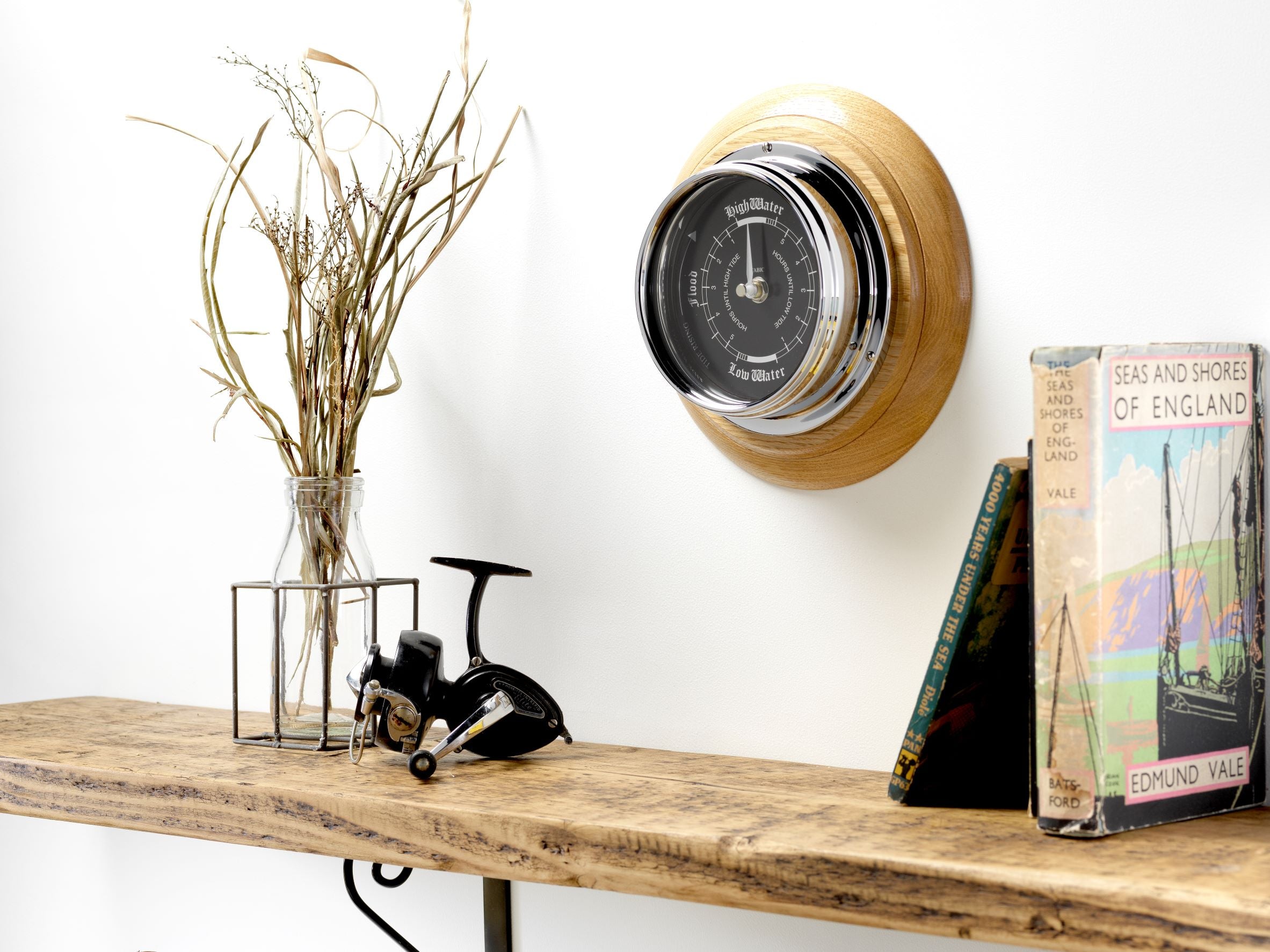
Lunar Gardening: Cultivating Abundance Through Lunar Power
Gardening is a beloved activity that allows us to nurture and connect with nature. But, have you ever considered the influence of the moon on plant growth? Lunar gardening, an ancient practice, recognizes the lunar phases and their impact on plants.
In this blog, we will delve into the concept of lunar gardening, exploring its principles and how you can harness the moon's power to optimize your garden's growth potential.

What is Lunar Gardening, Exactly?
The Moon's Influence on Plants
The moon exerts a gravitational force that influences various natural phenomena on Earth, including tides and plant growth. Lunar gardening operates on the principle that the moon's gravitational pull affects moisture levels in the soil, sap flow, and seed germination.
Historical Perspective
Lunar gardening has its roots in ancient agricultural practices. Civilizations like the Egyptians, Mayans, and Chinese acknowledge the moon's impact on plant growth. These traditions passed down through generations have laid the foundation for modern lunar gardening practices.
Lunar Phases and their Impact on Plant Growth
Different lunar phases affect plant development in distinct ways. Understanding these phases can help you align your gardening activities with the moon's influence to optimize growth.
Traditionally, some gardeners and farmers have followed lunar planting calendars, which suggest specific activities based on the moon's phases. These calendars typically recommend planting certain crops during specific lunar phases, such as sowing seeds during a waxing moon or pruning during a waning moon. However, there is insufficient scientific evidence supporting these practices.
How to Plan Your Lunar Garden
Lunar Gardening Calendar and Tools
Consulting a lunar gardening calendar or using smartphone applications can provide you with information on the moon's phases and the optimal times for various gardening tasks. These tools assist in planning your gardening activities in accordance with the lunar cycle. Our Moon Gardening clocks accurately measure moon cycles and help you with your gardening activities.

Lunar Zodiac
Some lunar gardeners also consider the astrological signs associated with each lunar phase. By aligning plant-related tasks with specific signs, you can enhance growth and encourage favorable outcomes.
Plant Selection
Different plants respond differently to lunar phases. Understanding these responses allows you to select and sow seeds or transplant seedlings during the most favorable lunar periods for each specific plant.
Companion Planting and Lunar Cycles
Companion planting involves growing plants that benefit each other when placed in close proximity. Incorporating lunar cycles into companion planting strategies can further enhance plant growth, pest control, and nutrient absorption.
Lunar Gardening Techniques
Planting Seeds and Transplants
Lunar phases influence seed germination and successful transplanting. Sowing seeds during the new moon and waxing crescent stages promotes strong root development. Transplanting is best done during the waning phases.
Pruning and Harvesting
Timing of your pruning and harvesting activities based on lunar phases can optimize the quality and yield of your crops. Pruning during the waxing gibbous and full moon phases promotes vigorous growth. Harvesting however during the same phases can enhance flavor and nutrient content.
Fertilizing and Watering
Aligning fertilizer application and watering schedules with lunar phases ensures optimal nutrient uptake and moisture management. Adjusting these activities based on the moon's influence can contribute to healthier and more resilient plants.
Lunar Gardening Tips and Tricks
Lunar Gardening Myths Debunked
There are various myths and misconceptions surrounding lunar gardening. Debunking these myths helps separate fact from fiction, allowing you to make informed decisions about your gardening practices.
Observing and Recording Lunar Gardening Results
Maintaining a garden journal helps you track and evaluate the effects of lunar gardening on plant growth. By recording your observations and outcomes, you can refine your techniques and tailor your approach to suit your specific garden's needs.
Adjusting for Local Climate and Conditions
While lunar gardening principles apply universally, local climate and conditions can impact their effectiveness. Understanding and adapting to your specific geographical region ensures optimal results.
Experimenting with Lunar Gardening
Every garden is unique, and experimenting with lunar gardening techniques allows you to discover what works best for your plants. Embrace the spirit of experimentation and be open to learning from your garden's responses.
Benefits of Lunar Gardening
Increased Plant Vitality and Resilience
Lunar gardening aims to optimize plant growth by aligning it with natural cycles. By nurturing plants during their most receptive periods, you can enhance their vitality and resilience, leading to healthier and more productive gardens.
Enhanced Flavor and Nutrient Content in Produce
Harvesting crops during specific lunar phases may contribute to enhanced flavor and nutrient content. This can result in more delicious and nutritious produce for you and your family to enjoy.





